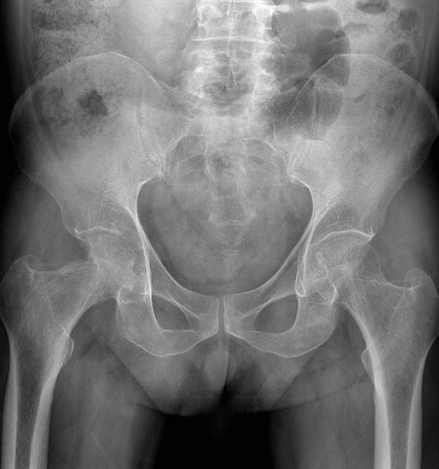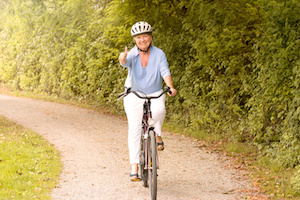 When I thought about my grandmother’s home safety, I worried about burglars and violent criminals breaking in so to hurt her and steal her property. It never occurred to me to consider home safety as meaning a home which would not make it easy for her to be hurt or to hurt herself. That is until she had a fall and fractured her hip.
When I thought about my grandmother’s home safety, I worried about burglars and violent criminals breaking in so to hurt her and steal her property. It never occurred to me to consider home safety as meaning a home which would not make it easy for her to be hurt or to hurt herself. That is until she had a fall and fractured her hip.
As a mature lady in her 80s, age meant her bones were weaker than when she was younger and more easily broken. Furthermore, it meant her recovery time was a lot longer than when she’d had a worse break in her 20s (we have photos showing how much she loved her first motorbike). Luckily, my grandmother is strong willed and won’t let a fracture beat her.
It is worth remembering then, how hip fractures can happen, what to do to prevent them, and how to make a home safer to be in. To this end, based on detailed research and the experiences of my grandmother, I have put together a complete guide to hip fractures, which includes:
Statistics
More than 95% of these fractures are caused by a fall. Hip fractures are much more likely to occur in women because they fall more often than men and also develop osteoporosis at a higher rate.
Risks
Most falls occur in the home for a variety of reasons including clutter, loose rugs, limited access to railings and grab bars or poor lighting
Surgery
After sustaining a hip fracture, surgery is needed to repair the break. This type of surgery requires general anaesthesia or spinal anaesthesia. Bypassing surgical repair is incredibly risky because it can lead to life-threatening medical issues.
Complications
Although it is far riskier to forego surgery to repair a broken hip, there are still quite a few risks attached to having a procedure done. Examples of these risks include:
- Blood clots
- Infections
- Other fractures near the hip join because of surgery
Prevention
Take you vitamins, as we grow older we start to lack some essential vitamins including, vitamin D which is generally believed to improve bone mineral density and also prevent falls as well as calcium.

Although a broken hip accounts for many of the injuries sustained beyond the age of 65, it doesn’t mean you also have to suffer. Understanding why these injuries occur, what you can do to improve your health and avoid them altogether can go a long way in ensuring stronger bones and happiness well into your golden years.









Join the Discussion
Type out your comment here:
You must be logged in to post a comment.